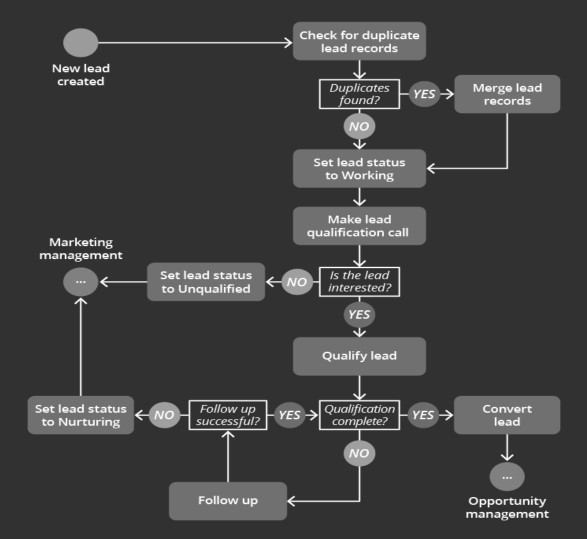Following up on leads is a crucial step in the sales cycle for the company. Whether it’s with a phone call or a follow-up email, it’s important to initiate a conversation. If
you want to convert new leads into buyers, it’s time to master the art of lead follow-up.

- Find Better Leads
- Scrub Leads as They Come In
- Augment Lead Information
- Verify Phone Numbers
- Call Until a Conversation is Held
- Maximize Yield Using a Closed-Loop Process
There’s no point in wasting valuable time and resources chasing leads you don’t want. Explore the right market in this case, Home owners, property developers, and other real estate companies. By doing this we’ll be able to tailor content, offers, and message the right people, so our inbound leads will align with our services.
The second step of a good lead follow-up program is to scrub our leads. What does this mean? Do a quick search to find more about the contact on LinkedIn/Facebook /google. Are they still holding the position/job title they were when the lead came in? Are they a potential fit? The key here is that if a lead is obviously and definitely not a fit, Disqualify it on the spot.
A proper lead follow-up includes lead augmentation. As you research and scrub leads, enhance the good ones. Add as much lead information as you reasonably can.
If you augment the lead information beforehand, you have a known good list. The only thing missing is to verify the validity of the phone numbers. This step is critical for effective lead follow-up because phone conversations are crucial. According to research, a mere 24 percent of sales emails are opened. Valid phone numbers will save our teams time and boost our likelihood of reaching our lead immensely.
Its highly recommended to call a lead 30-50 times since is economically viable and maximizes the number of meetings you can get from your leads. Yes, it’s far greater than most people are used to doing. Most sales people put 5-10 touches on a lead and most of them are emails. This results in a poor connection rate. You might take 400 leads and set 4 meetings this way. If you call, you’ll likely see 40 to 80 meetings.
I understand that People get upset if you call them too often, so I’m definitely not advocating for 100 calls of “Can I have a moment of your time?” conversations with a lead. You can only call until they pick up and talk with you. From there, you need follow up as needed at a time that works for the prospect.
The sixth key element to optimal lead follow-up is to drive a closed-loop process. This means that a lead either A) takes a meeting, B) gives an internal referral, or C) confirms that your service is not for the them. It’s merely a timing issue, then. You may need to wait 3-6 months to close the deal. If you establish a closed-loop process where you scrub the leads and connect with everyone, the number of leads you need to generate each week are equal to the number of leads exiting your program. There’s no reason to give up on a lead unless they are no longer valid.
In conclusion, if we want to close leads, we need to embrace an aggressively executed approach. After several unanswered phone calls and emails, sales people typically funnel their leads into a nurture campaign. This is a passive method where you’re simply hoping the lead will raise their hand down the road. The best lead follow-up plan is a bold, creative plan. If you have a clear idea of which personas make the best leads and is given the responsibility of disqualifying poor fits, this will help the team to close on good leads and convert them into clients.
